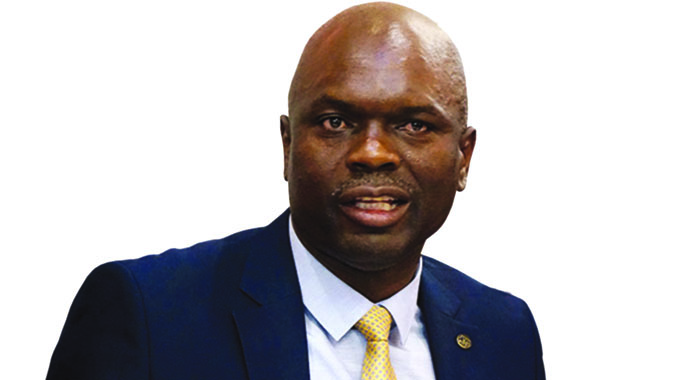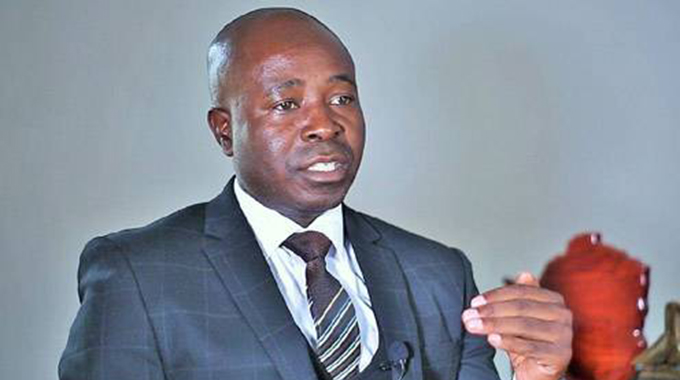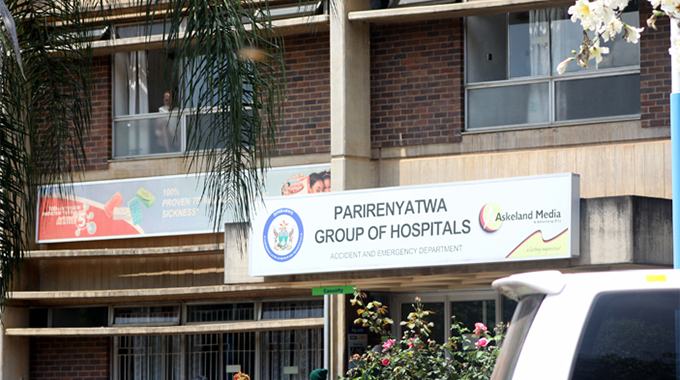Breaking barriers in AFZ: Celebrating female jet fighter pilot

Columbus Mabika Herald Reporter
When Squadron Leader Angeline Bosha of the Air Force of Zimbabwe (AFZ) earned her pilot wings in 2012, she didn’t plan to make history.
The Karakorum-8 (K-8) pilot and commander carries the honour of being K-8 jet fighter aircraft and command AFZ Number 2 Squadron that houses various jet fighter aircraft.
A quick search on the Global Defence Technology site reveals the Karakorum-8 as one of the most advanced jet trainer and light attack aircraft in contemporary times designed and manufactured jointly by Hongdu Aviation Industry Corporation of China and Pakistan Aeronautical Complex, with China holding 200 of the total 494 produced to date.
Born and raised in Chinhoyi, Squadron Leader Bosha did not grow up around aviation.
After leaving Chinhoyi, a city where the war to end brutal colonial rule began, she volunteered to join the AFZ as an officer cadet and served her nation.
The move to the AFZ became Bosha’s launching pad into the aviation industry.
“When I joined the AFZ, I never thought that one day I would fly a jet fighter aircraft. I never dreamt being the first female commander of Number 2 Squadron.
“Upon completion of my basic officer cadet training, I worked in different capacities before being selected to train as a pilot,” she said.
Bosha joined the AFZ in 2010, a period where the military was a male-dominated field.
The year she was attested into the force, Bosha experienced a life-changing moment.
“I remember when my instructor Group Captain Ezweni Masuku (may his dear soul rest in eternal peace) called back to us at the flying training school and said that anyone who wants to sit up front [in the cockpit] is welcome to do so,” she recalled.
“I did and sat behind him, and as the plane rolled down the runway, I thought to myself, ‘Hey, I can do this.’ When I got home from that trip, I asked my sister what she thought about me becoming a pilot and she said I should go for it.”
Not long after that memorable flight, Bosha found herself strapped to the seat of a single-engine K8 jet.
She listened well during the flying lessons, and when the aircraft took off with her in the pilot seat, her dream of becoming a pilot seemed to be within her grasp.
Bosha went on to earn her pilot licence before taking leave of absence to obtain her instructor certificates, an achievement that took years of training with the support of her commanders, who promote the advancement of women in their rank and file.
In total, Bosha invested seven years into her pilot training, which included stints at various AFZ flying squadrons and flight instructing in her spare time to build the hours needed to fly jet fighter jets. At that moment, Bosha not only made history in Zimbabwe by joining a growing wave of women who were breaking barriers in a male-dominated industry. “When I started flying, women made a low percentage of pilots in the country, it’s now growing,” she said.
Back in the day, Bosha said the job required having a thick skin and stern focus. “There was plenty of bias against aspiring pilots and women,” she told The Herald.
“It often feels like females needed to be twice as good as their male counterparts to be considered equals in the cockpit now we are judged more often on our abilities and performance,” she added, explaining that the aviation field has come a long way.
Bosha is flourishing as a pilot and squadron commander at AFZ, taking command of Number 2 Squadron.
And while flying jet fighters gave her a chance to see and experience the country, Bosha values the K8 more because it allows her to continue flying and prioritizing more experience.
“I remember once flying the navigation route during an air rally, from Thornhill-Harare-Kariba-Vic Falls-Hwange, and despite all the bright skies and excitement, I was still wishing I could fly even further,” she said.
Bosha’s two sons have inherited her passion for flying.
“Whenever my eldest son sees a plane in the skies he always says mom can you fly that plane, I want to become a pilot too.”Aside from her sons, Bosha wants to see more women, especially those from marginalised communities in the cockpit.
“When I was young, I hoped to become a teacher or nurse, but I would like to see a shift where more girls and women become pilots and technicians instead,” she said.
Bosha has worked hard at the AFZ and encourages girls and young women to apply joining the AFZ.
In her free time, Bosha speaks about flying and piloting opportunities to anyone she chats with.
“A lot of young women come to talk to me, especially those who are interested in flying and ask for my advice. I always tell them that they must believe in themselves and aim high,” she said.
“If becoming a pilot is a dream, that dream can be life-altering; but first, take an introductory flight. If the excitement is still there after the take-off and landing, then flying is a career, ride to a natural high.”
Bosha is working hard to raise her military flying career, and perhaps one day commanding the AFZ.









Comments